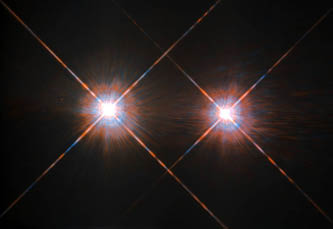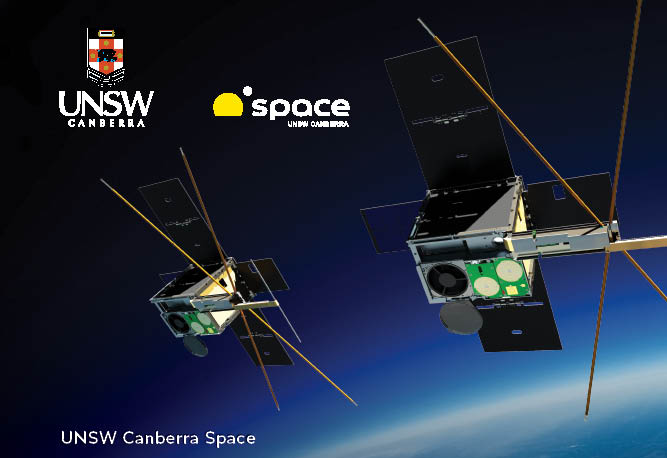Equatorial Launch Australia (ELA) the developer, owner and operator of the Arnhem Space Centre (ASC) in Australia’s Northern Territory today successfully completed its third launch with NASA – the third launch in 15 days.
The NASA DEUCE mission will help astronomers measure an unstudied part of Centauri A and B’s ultraviolet light spectrum, helping them model stars and understand their effects on planetary atmospheres.
Michael Jones, Executive Chairman and Group CEO of ELA, said the successful launch was a great finale to the NASA campaign – consisting of three separate launches – that began on June 26.
“We are really proud to have achieved a very rare feat – three successful launches in just 15 days. Even more so given the challenging wind conditions,” Mr Jones said.
“We are also very pleased that the scientists involved with these launches are very happy with the results of the experiments,” Mr Jones added.
“Another successful launch at the Arnhem Space Centre further strengthens our team and builds the capability of the Australian space industry,” said Mr Jones.
“These missions with NASA have been an incredible chance to prove the capabilities of our team and facility and we are looking forward to welcoming more partners to the site.”
More information is available here.
Picture:
The closest star system to Earth is the famous Alpha Centauri group. At a distance of 4.3 light-years, this system is made up of the binary formed by the stars Alpha Centauri A and Alpha Centauri B, plus the faint red dwarf Alpha Centauri C, also known as Proxima Centauri. NASA’s Hubble Space Telescope has given us this stunning view of the bright Alpha Centauri A (on the left) and Alpha Centauri B (on the right).Credits: ESA/NASA
- Academia
- Air
- Air Force
- Andy Thomas Space
- Cyber
- Defence
- Defence SA
- DSTG
- History
- Hypersonix
- QinetiQ
- Relocation
- Schools
- Space
- Transition













